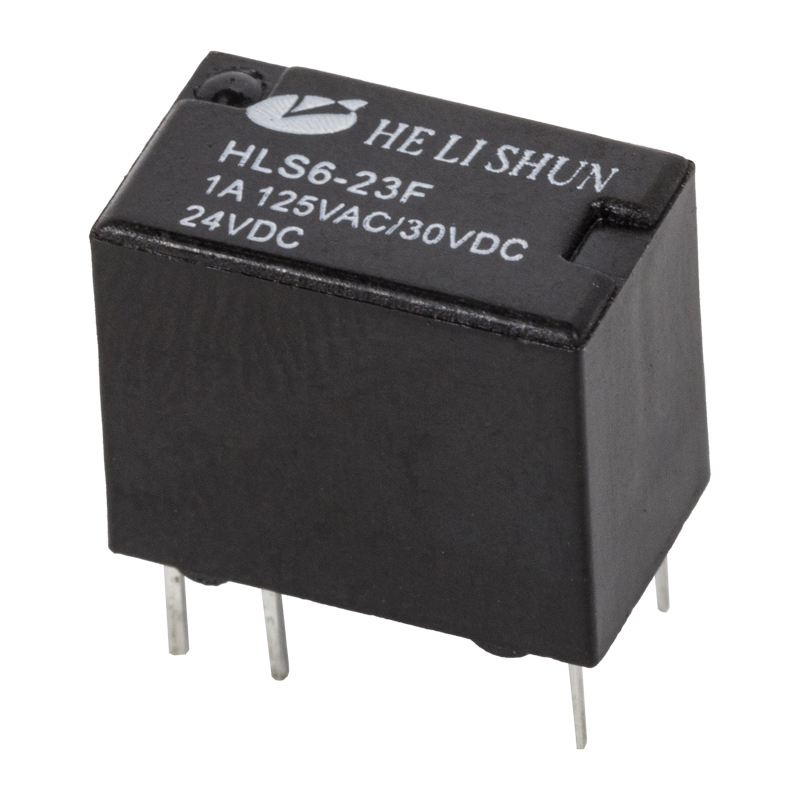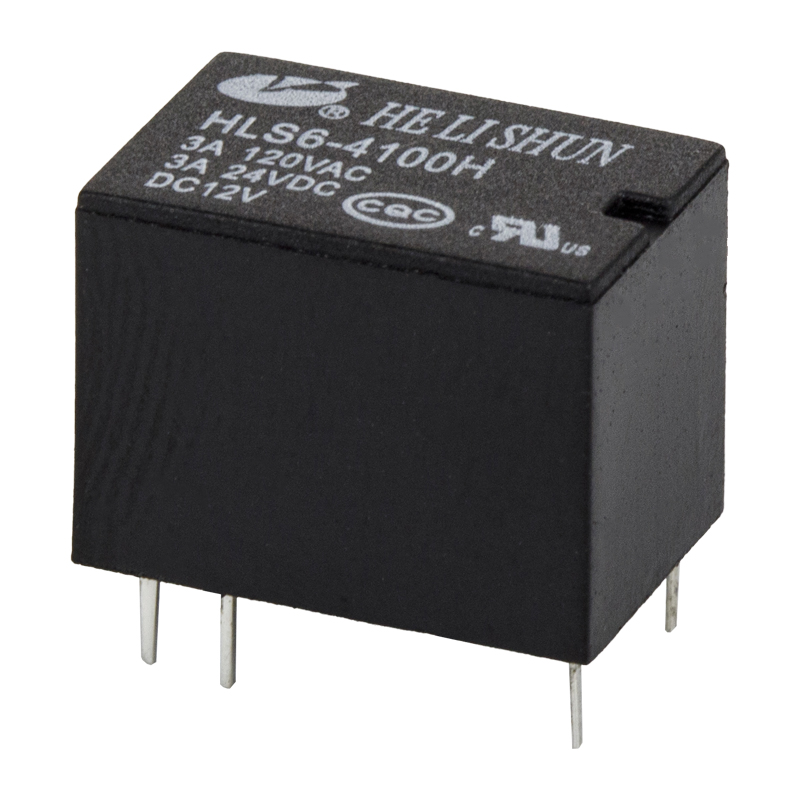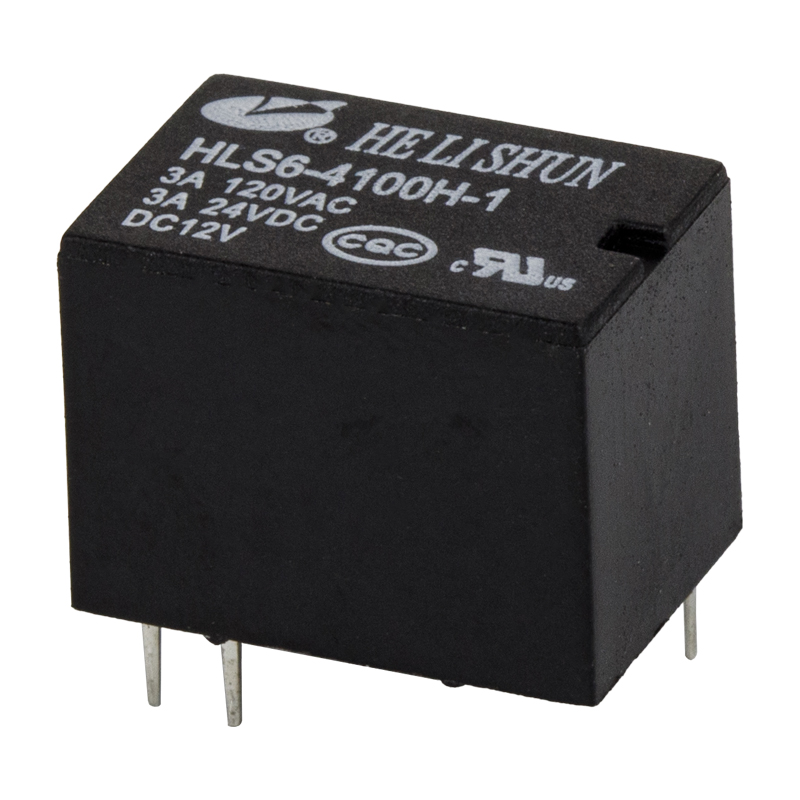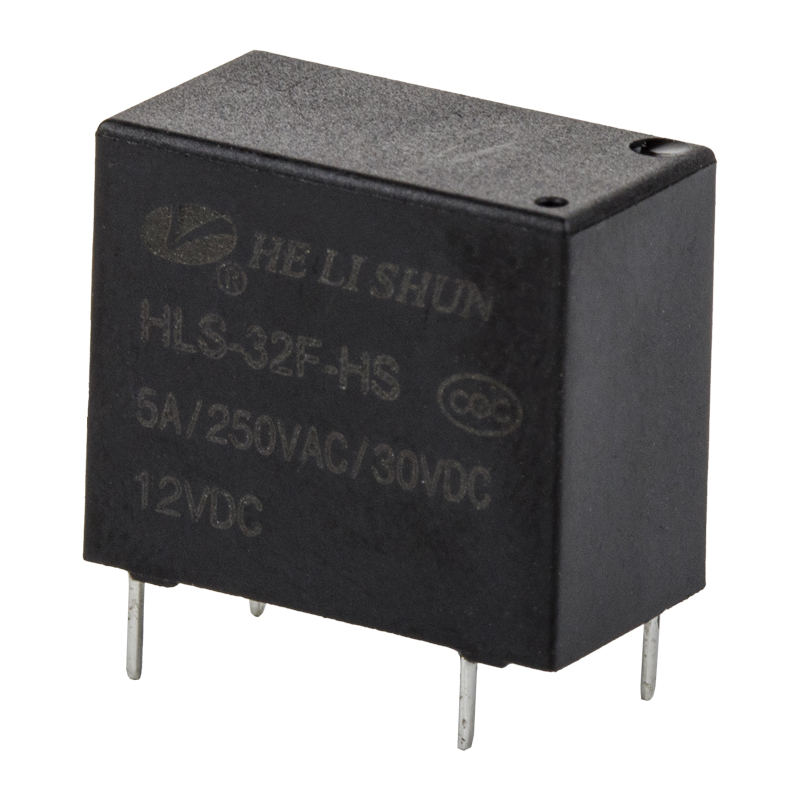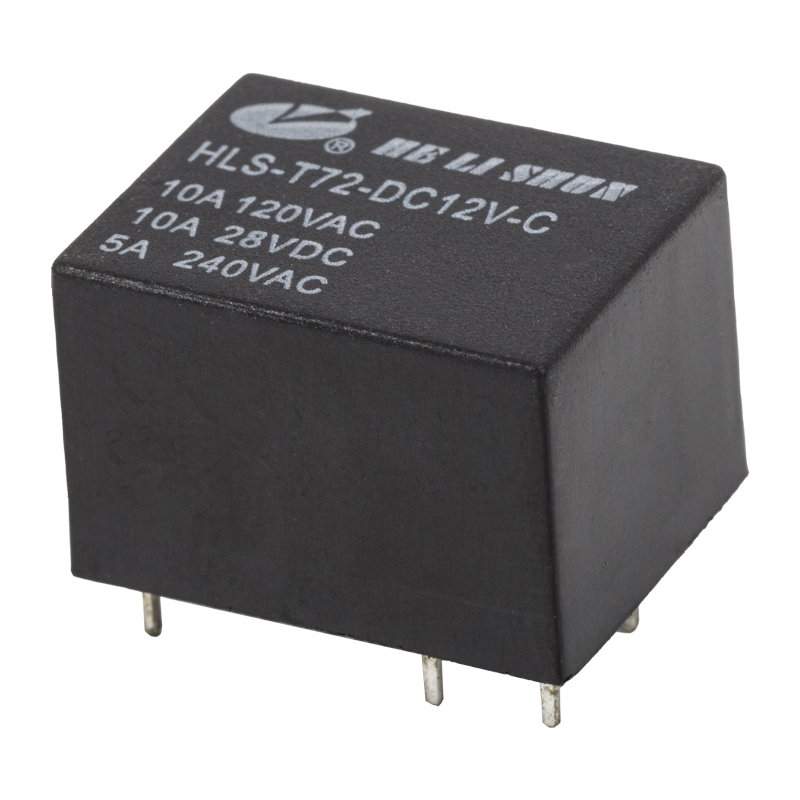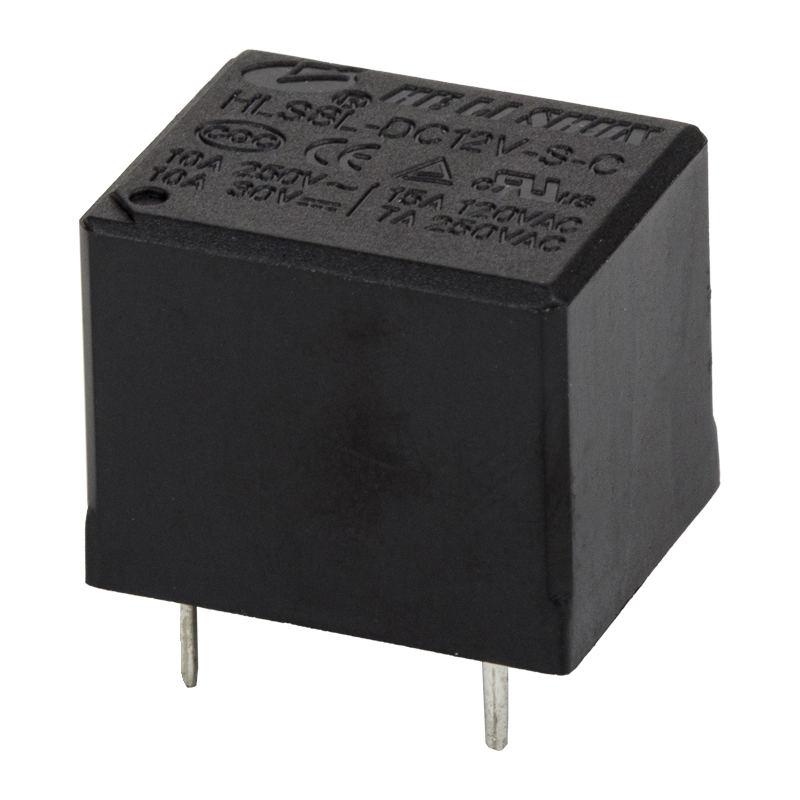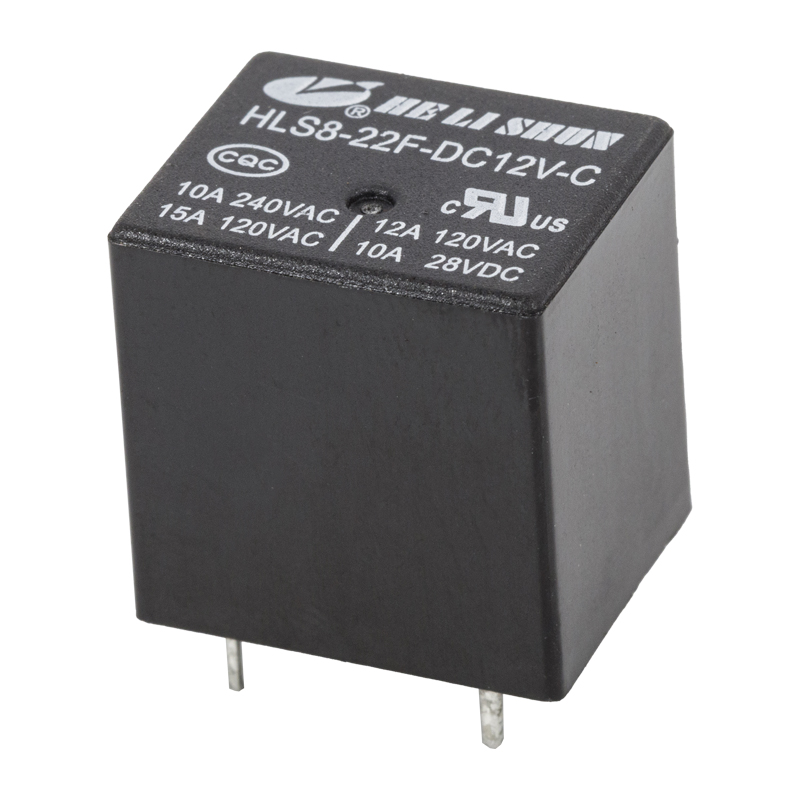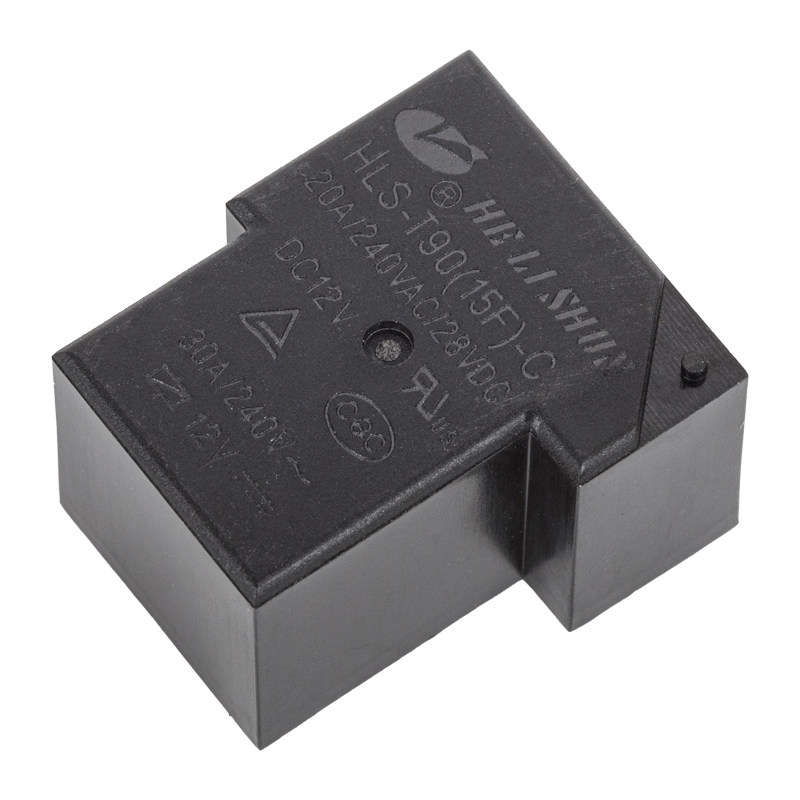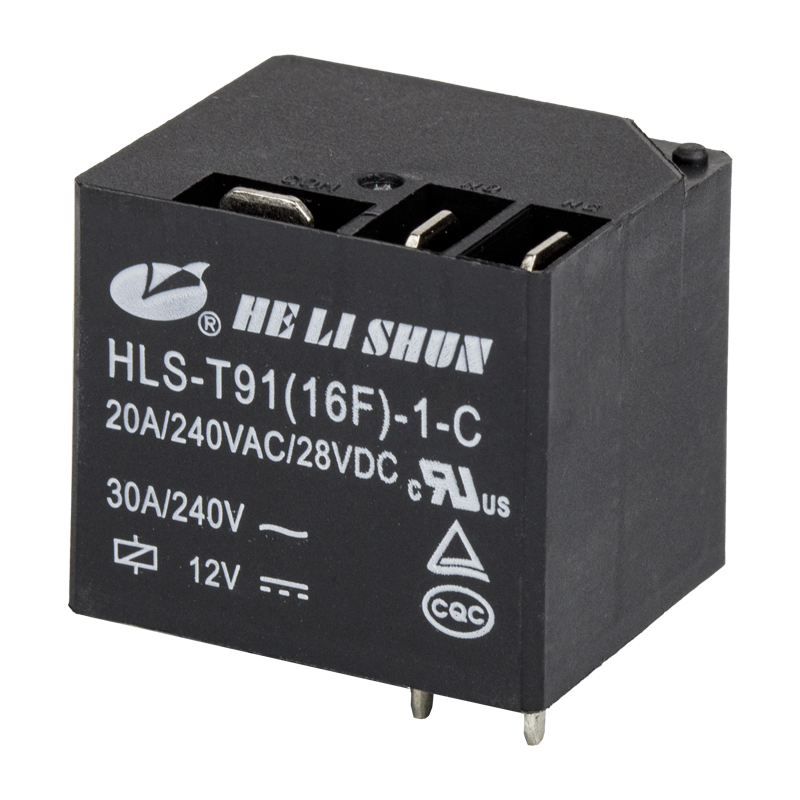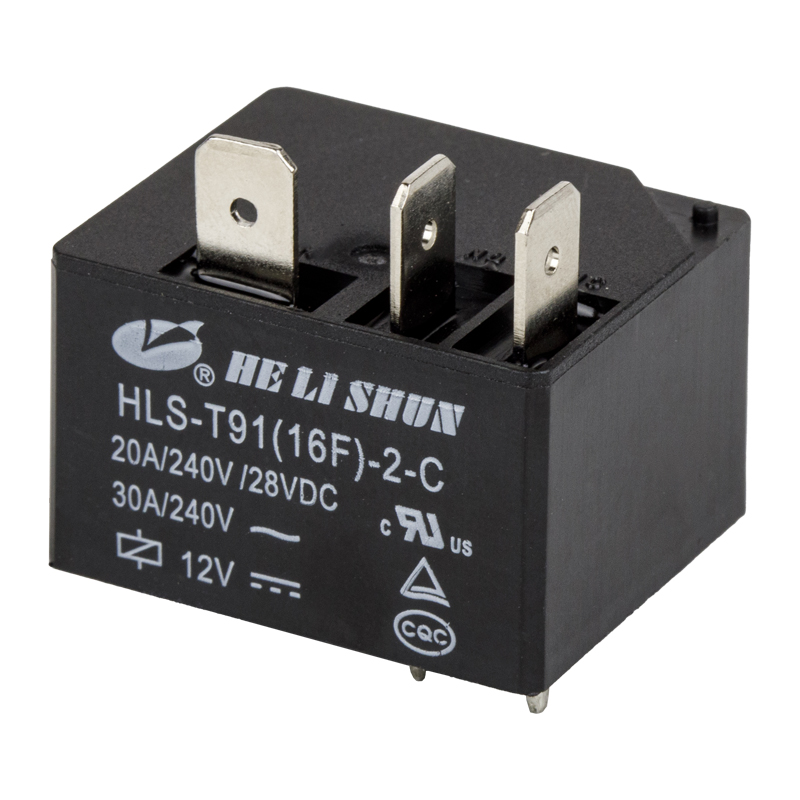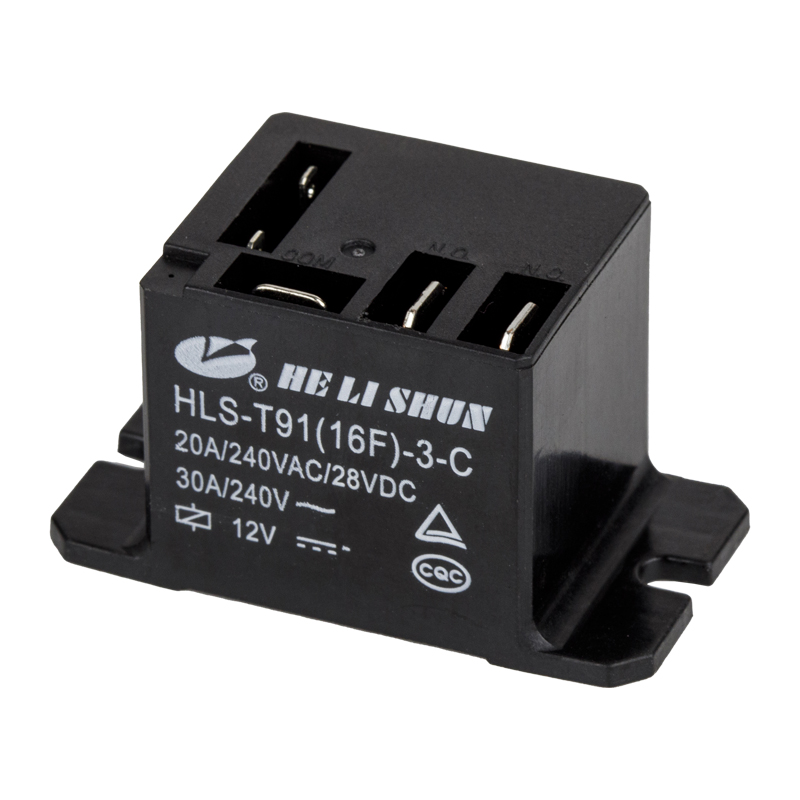A relay socket integrates relay functionality into a standard power outlet or outlet module. It's essentially an outlet with intelligent control capabilities. Its core function is to allow users or external control systems to safely control the power on and off of high-voltage electrical devices connected to the outlet via low-voltage signals.
Content
How a relay socket works
The core component of a relay socket is an electromagnetic relay. Its operation works as follows:
- Control signal reception: When an external control system (such as a smart home hub, timer, or IoT module) issues a command, a low-voltage (usually DC) signal is applied to the relay's coil.
- Magnetic field generation and attraction: When power is applied, the coil generates a magnetic field, attracting the armature inside the relay.
- Contact closure and power connection: The movement of the armature causes the contacts to close, thereby connecting the high-voltage (e.g., 110V/220V AC) circuit inside the power outlet.
- Load energization: The electrical device (i.e., load) connected to the outlet begins operating.
- Power Cutoff: When the control signal disappears, the magnetic field disappears, the contacts spring open, the high-voltage circuit is disconnected, and the load is de-energized.
This design isolates low-voltage control from high-voltage control, ensuring safe and reliable control.
Key Advantages and Applications of relay sockets
relay sockets are widely used in numerous fields due to their integration, safety, and controllability. Demand is growing, especially with the development of smart homes and industrial automation.
Key Advantages:
- Safety Isolation: Electrically isolates low-voltage control circuits from high-voltage devices, improving operational safety.
- Centralized Control: Allows remote control of multiple distributed outlets and loads from a central system or app.
- Timing and Automation: Easily implement automated functions such as timed on/off and scene linkage for appliances.
- Protection: Some advanced relay sockets also integrate overload protection and surge protection to protect connected devices.
Main Applications:
- Smart Home Systems: They are the core of smart outlets and smart power supplies, used for remote control of desk lamps, fans, chargers, small appliances, and more. Users can control the power supply to the outlet via a mobile app or voice assistant.
- Industrial Control: In industrial automation, this relay is used to control the power supply to small mechanical devices, indicator lights, heating elements, and more, enabling precise timing and remote operation.
- Commercial Display and Lighting: Widely used to control the lighting systems of billboards, display cabinets, or commercial spaces, enabling daily automatic on/off switching.
- Data Centers and Computer Rooms: Used for remote power management and remote restart (power cycling) of server or network equipment failures.
How to Choose the Right relay socket?
When selecting a relay socket, consider the following key aspects:
- Ratings: Confirm the maximum current and voltage the relay can withstand to ensure it can safely power the connected devices.
- Control Interface: Check the relay module's control voltage (e.g., 5V, 12V, 24V) and whether the connection utilizes Wi-Fi, Bluetooth, or other communication protocols.
- Certifications and Standards: Choose outlets with national or international safety certifications (e.g., UL, CE, CCC) to ensure product quality and electrical safety.
- Functional Integration: Choose models with additional features based on your needs, such as energy metering, leakage protection, or temperature monitoring.
relay sockets are an indispensable component in modern electrical control. Their safe and convenient control methods have significantly promoted the intelligentization of electrical appliances.




 English
English 中文简体
中文简体
